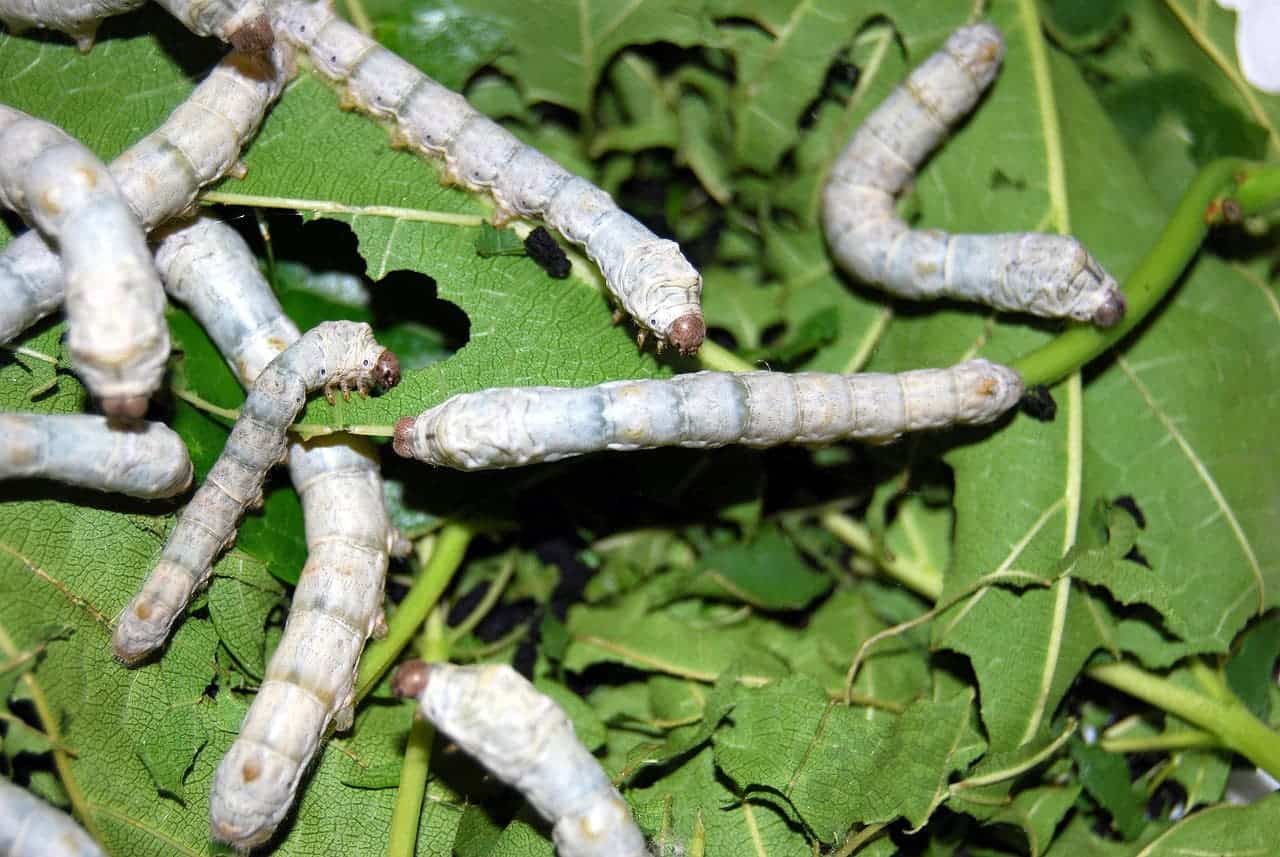In a stunning display of nature-meets-technology, researchers have fed carbon nanotubes and graphene to silkworms, creating a much stronger and conductive silk.

For centuries, silk has been the material choice of the rich. The natural protein fiber can be masterfully woven into textiles which are not only very beautiful and comfortable but also very strong. Silk is produced by several insects, but generally, only the silk of moth caterpillars has been used for textiles. This is all old and has been studied in detail centuries ago. More recently, researchers experimented with dyes, antimicrobial agents, conductive polymers, and nanoparticles, feeding them to the worms to alter the properties of the silk. This time, they took it an extra step further.
“Silkworm silk is gaining significant attention from both the textile industry and research society because of its outstanding mechanical properties and lustrous appearance,” the study writes. “The possibility of creating tougher silks attracts particular research interest. Carbon nanotubes and graphene are widely studied for their use as reinforcement.”
Yingying Zhang and her colleagues at Tsinghua University fed the worms mulberry leaves. Previously, they sprayed the leaves with substances containing 0.2% nanotubes or graphene. After that, they collected the silk as in any commercial process. The resulting silk was impressive for a number of reasons.
First of all, it was tougher. The carbon-enhanced silk could support 50% higher stress before breaking and was twice as rough. After being heated up to 1,050 °C, the new and improved silk also conducted electricity, unlike regular silk. Granted, it’s not clear just how efficient this is and how long the material would maintain its properties but there could be some very significant applications in smart textiles and sensors.
But while this is promising, many questions still remain. For starters, it’s still not clear whether this is feasible from an economic standpoint. Also, biologically, researchers aren’t really sure what’s happening. We don’t know how much of the graphene/nanotubes is absorbed, nor how the substance is synthesized into the silk. This study only focused on the properties of the silk, leaving the rest for biologists to uncover.
Journal Reference: Feeding Single-Walled Carbon Nanotubes or Graphene to Silkworms for Reinforced Silk Fibers. Nano Lett., Article ASAP DOI: 10.1021/acs.nanolett.6b03597


